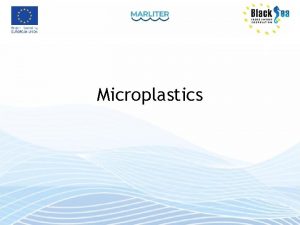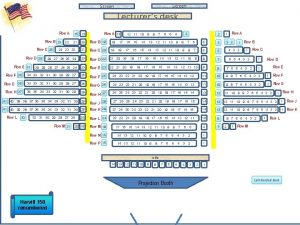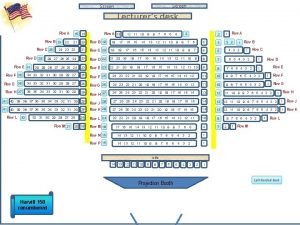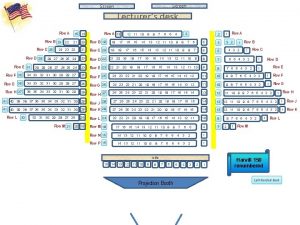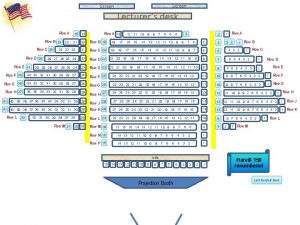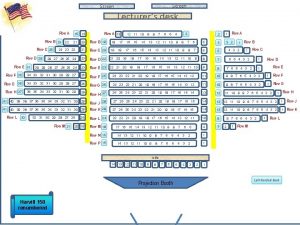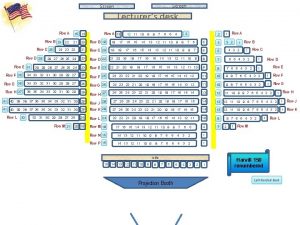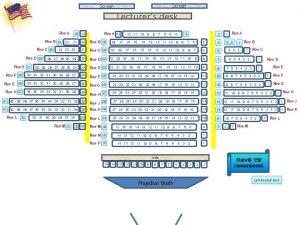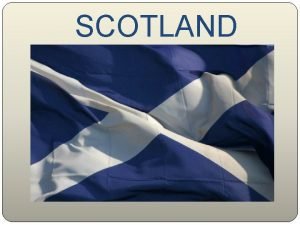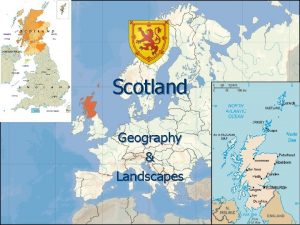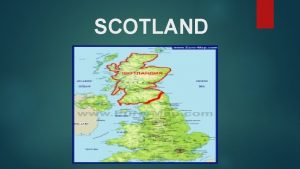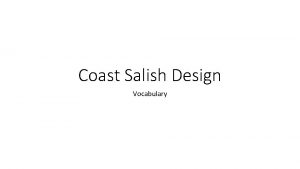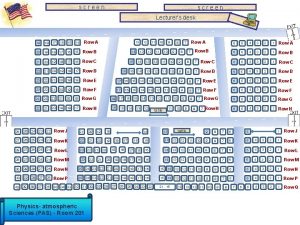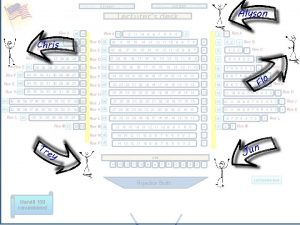Microplastics around the Coast of Scotland Row Around

























- Slides: 25

Microplastics around the Coast of Scotland – Row Around Scotland 2020

SAMS teaching/visitor centre facilities opened in November 2010 European Marine Science Park, HIE opened Jan 2013 SAMS research and enterprise facilities, opened 2004

1914 | The Scottish Marine Biological Association was established at Millport Marine Biological Station. 1922 | Sheina Marshall became Deputy Director of the station 1970 | The Scottish Marine Biological Station moved to Dunstaffnage Bay and Millport Marine Biological Station was taken over by the University of London in partnership with Glasgow University. It was renamed University Marine Biological Station Millport.

Aim: to assess microplastics in waterways and around the coast of Scotland during the Row. Around Scotland 2020

Objectives: To collect microplastic samples around Scotland to get a current assessment of microplastic abundance

Microplastics are small particles ranging from 1µm to 5 mm (Steer et al. 2017). Microplastics include fragments of larger plastic items that have broken into smaller pieces by the effect of waves and sediment abrasion, and degradation in sunlight, among other processes (Thompson, 2015).


The country’s coastal waters are important breeding and foraging areas for a wide range of marine species and there is relatively little published information on their distribution in the waters around Scotland. The results from this study will present a status of microplastics around Scotland’s Coast.


13 legs around the Coast of Scotland, including the Crinan Canal, River Tweed, Forth and Tay and St Marys Loch.


Method of the microplastic tow From April to October 2020 from the back of a skiff rowing boat. Three microplastic tows using modified zooplankton net Collecting samples from the 13 legs on the row route around Scotland Distance of 80– 150 m to the shoreline 30 min– 1 h Tows will be at least 1 km long

A build-it-yourself research trawl that collects microplastics at the surface of the ocean when towed behind a boat (“trawling”). The mouth of the net is 450 mm wide (total opening has an area of 0. 15 square meters)

How it collects the microplastics

Method of sample collection Rinse the net so that all o the sample goes into the codend. Put the samples from the codend of the net into glass Duran bottles using nitrile gloves and a spoon with baseline data written on the front (pencil and paper inside &label outside). Store at 4 °C in darkness to minimize algal growth At the end of the leg, hose the net down with fresh water and hang to dry

Contamination risk For the person taking the samples to wear cotton not a fleece/plastic based clothing.

Other data collected Baseline data to be collected: date, time, location, GPS coordinates, speed of rowing boat, weather (including sea state and tide state).

The Wikiloc Outdoor, S. L. free App (Wikiloc, 2019) installed in a smartphone was used for geolocation while trawling (including latitude, longitude, time, and distance trawled.

Analysis will take place at the Scottish Association for Marine Science under a microscope to locate the plastics in the sample and then a state of the art F-TIR machine will be used to identify the type of plastic in the samples. The trawl is able to collect samples reliably and consistently, and the data from samples is not statistically random or noisy, but consistent between samples, indicating internal validity through consistency


CASESTUDY: Microplastics in marine sediments near Rothera Research Station, Antarctica Sarah Reed, Marlon Clark, Richard Thompson, Kevin A. Hughes Highlights: • The Antarctica environment is remote and pristine compared to other regions. • Microplastics were detected in marine sediments around Rothera Research Station. • Microplastic levels were comparable with those found in marine sediments worldwide. • A likely source was treated laundry grey water from the station sewage outfall. Collecting sediment around Rothera Peninsula • Further microplastics research would inform Antarctic policy and management. 21

Plastic particles detected in North Cove and Cheshire (nearest to the station’s outfall) included synthetic fibres with a long-thin form that may be indicative of textiles from clothing, cleansing wipes and hygiene products. Analysis showed that rayon, a semi. POLLUTION AND synthetic fibre, was most HUMAN IMPACT common (comprised 42% of all the particles examined). One sample from North Cove contained one microplastic particle that was spherical in shape and may have originated from the degradation of a larger plastic object. The microplastic particles from the sediments were diverse in colour, including white and vibrant reds, green and turquoise; however, 20% of the particles were black or blue. ANTARCTIC PENINSULA MICROPLASTICS PROTOCOL ON ENVIRONMENTAL Fig. 2. Concentration of microplastic particles detected in sediment samples collected in the PROTECTION TO SEDIMENT vicinity of Rothera Research Station, Antarctica. Distances from the sewage treatment THE ANTARCTIC outfall in North Cove are shown; distances are either ‘straight line’ (i. e. North Cove and TREATY Mackay P) or measured along the shoreline (i. e. Cheshire Island, South Cove, Bambay and Rose Garden). See Supplementary Table S 1 for full details of the particles and fibres found in samples. The microplastic particles were almost all fibres, commonly 2– 5 m in maximal length and <0. 1 m in diameter. 22

The issue? Microplastics are being released into the water column and not just in the Antarctic but all over the world What can be done in the Antarctic? To start with the Protocol on Environmental Protection to the Antarctic Treaty which was agreed in 1991 needs to be updated to address the issue of microplastic pollution directly and include it in the Annex III ‘Waste Disposal and Waste Management. ’ The Antarctic Treaty Consultative Parties, and in particular their Committee on Environmental Protection, need to start discussing the issue of microplastics. Moving forward? Further research on microplastic pollution levels and likely impacts around research stations need to be undertaken to inform policy discussion and recommendations on possible practical responses. For more information contact Kevin Hughes keus@bas. ac. uk or Sarah Reed sarah. reed@sams. ac. uk 23

References Andrady, A. L. (2011). Microplastics in the marine environment. Marine Pollution Bulletin, 62(8), 1596– 1605. Andrady, A. L. (2017). The plastic in microplastics: A review. Marine Pollution Bulletin, 119(1), 12– 22. https: //doi. org/10. 1016/j. marpolbul. 2017. 01. 082 Blair, R. M. , Waldron, S. , Phoenix, V. R. et al. Environ Sci Pollut Res (2019) 26: 12491. https: //doi. org/10. 1007/s 11356 -01904678 -1 Desforges, J. P. W. , Galbraith, M. , Dangerfield, N. , & Ross, P. S. (2014). Widespread distribution of microplastics in subsurface seawater in the NE Pacific Ocean. Marine Pollution Bulletin, 79(1– 2), 94– 99. Lusher, A. L. , Burke, A. , O’Connor, I. , & Officer, R. (2014). Microplastic pollution in the Northeast Atlantic Ocean: Validated and opportunistic sampling. Marine Pollution Bulletin, 88(1– 2), 325– 333. Steer, M. , Cole, M. , Thompson, R. C. , & Lindeque, P. K. (2017). Microplastic ingestion in fish larvae in the western English Channel. Environmental Pollution, 226, 250– 259. https: //doi. org/10. 1016/j. envpol. 2017. 03. 062 Thompson, R. C. (2015). Microplastics in the Marine Environment: Sources, Consequences and Solutions. In M. Bergmann, L. Gutow, & M. Klages (Eds. ), Marine Anthropogenic Litter (pp. 185– 200). Cham: Springer International Publishing. https: //doi. org/10. 1007/978 -3 -319 -16510 -3_7 Utermöhl, H. (1958). Zur Vervollkommnung der quantitativen Phytoplankton-Methodik. SIL Communications, 1953 -1996, 9(1), 1– 38. Van Sebille, E. , Wilcox, C. , Lebreton, L. , Maximenko, N. , Hardesty, B. D. , van Franeker, J. A. , Eriksen, M. , Siegel, D. , Galgani, F. , Law, K. L. (2015). A global inventory of small floating plastic debris. Environmental Research Letters, 10(12), 11.

Any questions ? Sarah Reed sarah. reed@sams. ac. uk Sue Fenton scwfenton@gmail. com
 Is row row your boat a binary form
Is row row your boat a binary form Microplastics types
Microplastics types Single row functions in sql
Single row functions in sql Betty bought some butter
Betty bought some butter Martin luther king of hinduism
Martin luther king of hinduism What goes around comes around example
What goes around comes around example Khi nào hổ mẹ dạy hổ con săn mồi
Khi nào hổ mẹ dạy hổ con săn mồi Thế nào là mạng điện lắp đặt kiểu nổi
Thế nào là mạng điện lắp đặt kiểu nổi Dạng đột biến một nhiễm là
Dạng đột biến một nhiễm là Bổ thể
Bổ thể Vẽ hình chiếu đứng bằng cạnh của vật thể
Vẽ hình chiếu đứng bằng cạnh của vật thể Nguyên nhân của sự mỏi cơ sinh 8
Nguyên nhân của sự mỏi cơ sinh 8 Phản ứng thế ankan
Phản ứng thế ankan Thiếu nhi thế giới liên hoan
Thiếu nhi thế giới liên hoan Alleluia hat len nguoi oi
Alleluia hat len nguoi oi điện thế nghỉ
điện thế nghỉ Một số thể thơ truyền thống
Một số thể thơ truyền thống Trời xanh đây là của chúng ta thể thơ
Trời xanh đây là của chúng ta thể thơ Các số nguyên tố là gì
Các số nguyên tố là gì Tỉ lệ cơ thể trẻ em
Tỉ lệ cơ thể trẻ em Fecboak
Fecboak đặc điểm cơ thể của người tối cổ
đặc điểm cơ thể của người tối cổ Các châu lục và đại dương trên thế giới
Các châu lục và đại dương trên thế giới Sơ đồ cơ thể người
Sơ đồ cơ thể người ưu thế lai là gì
ưu thế lai là gì Môn thể thao bắt đầu bằng chữ f
Môn thể thao bắt đầu bằng chữ f


























